Tom's Guide Verdict
Packing GPS, a heart-rate monitor, notifications and third-party apps, the Garmin vivoactive HR is a jack-of-all-trades fitness tracker.
Pros
- +
Tracks a wide range of activities
- +
Good battery life
- +
Screen is readable in daylight
- +
Customizable interface
- +
Tracks wide range of activities
Cons
- -
A little bulky
- -
Inaccurate sleep tracking
Why you can trust Tom's Guide
When the most popular fitness trackers sell for around $120, you have to make a pretty compelling device if you want to sell it for twice that. Fortunately, the Garmin vivoactive HR ($249) lives up to its price. This all-in-one gadget includes GPS, a heart-rate monitor and the ability to track a dozen or so activities. Plus, it can deliver notifications from your smartphone, and its display can be customized with third-party widgets and apps. If you're looking for a high-end, do-it-all fitness tracker, this is it.
Design
Although it shares its name with the older vivoactive, the vivoactive HR has a completely different design. Whereas the vivoactive has a flat, square face (like the one on the Sony SmartWatch), the vivoactive HR is rectangular, like a wide Fitbit. It's also rather thick (0.45 inches), pushing it into the realm of the Microsoft Band. People will definitely know you're wearing some kind of fitness gadget.
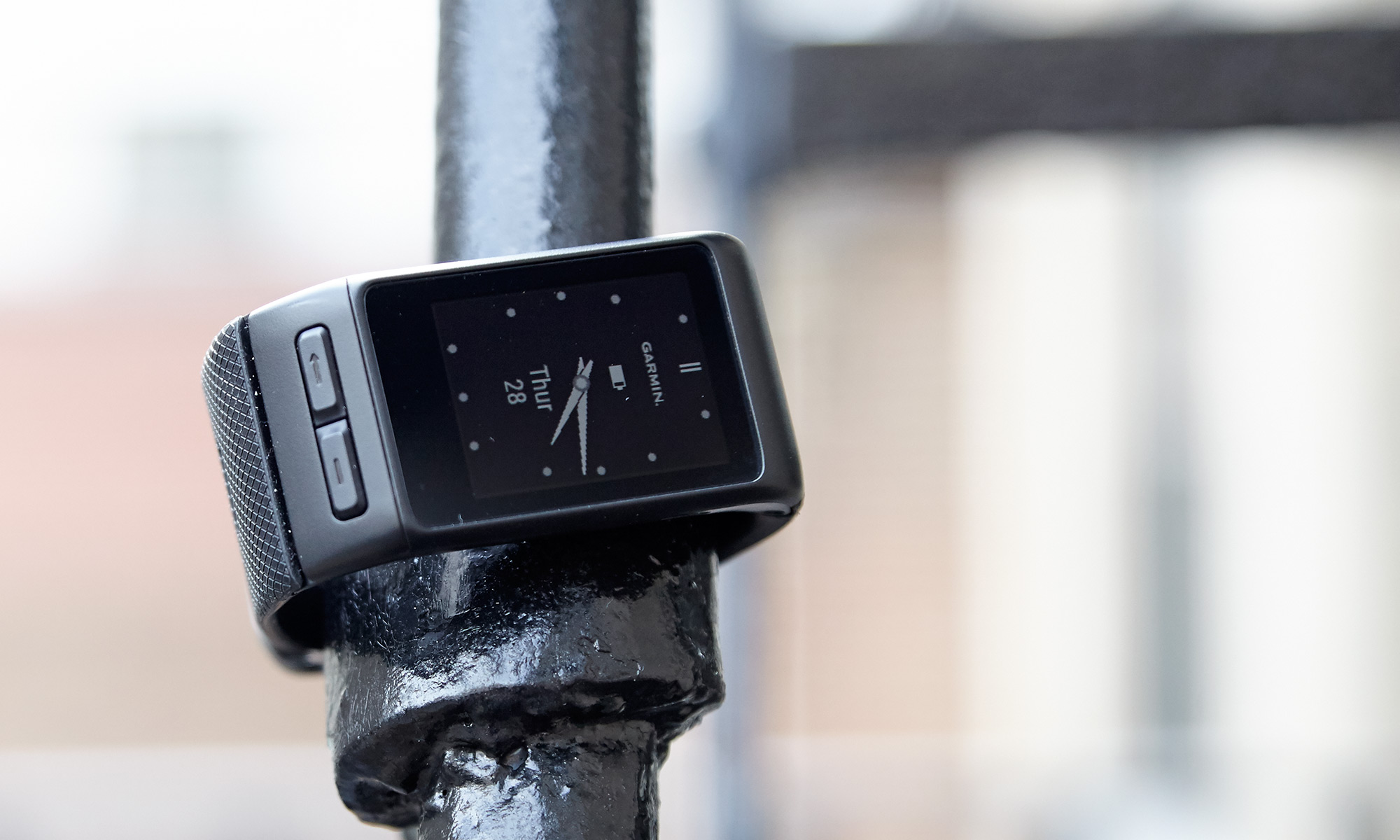
Below the vivoactive HR's touch screen are two buttons that you can use to start and stop activities, and navigate through a couple of menus. These buttons are welcome additions, as I've often found that it's next to impossible to use a touch screen when my fingers are sweaty. I just wish I could use the buttons to access every menu on the vivoactive HR.

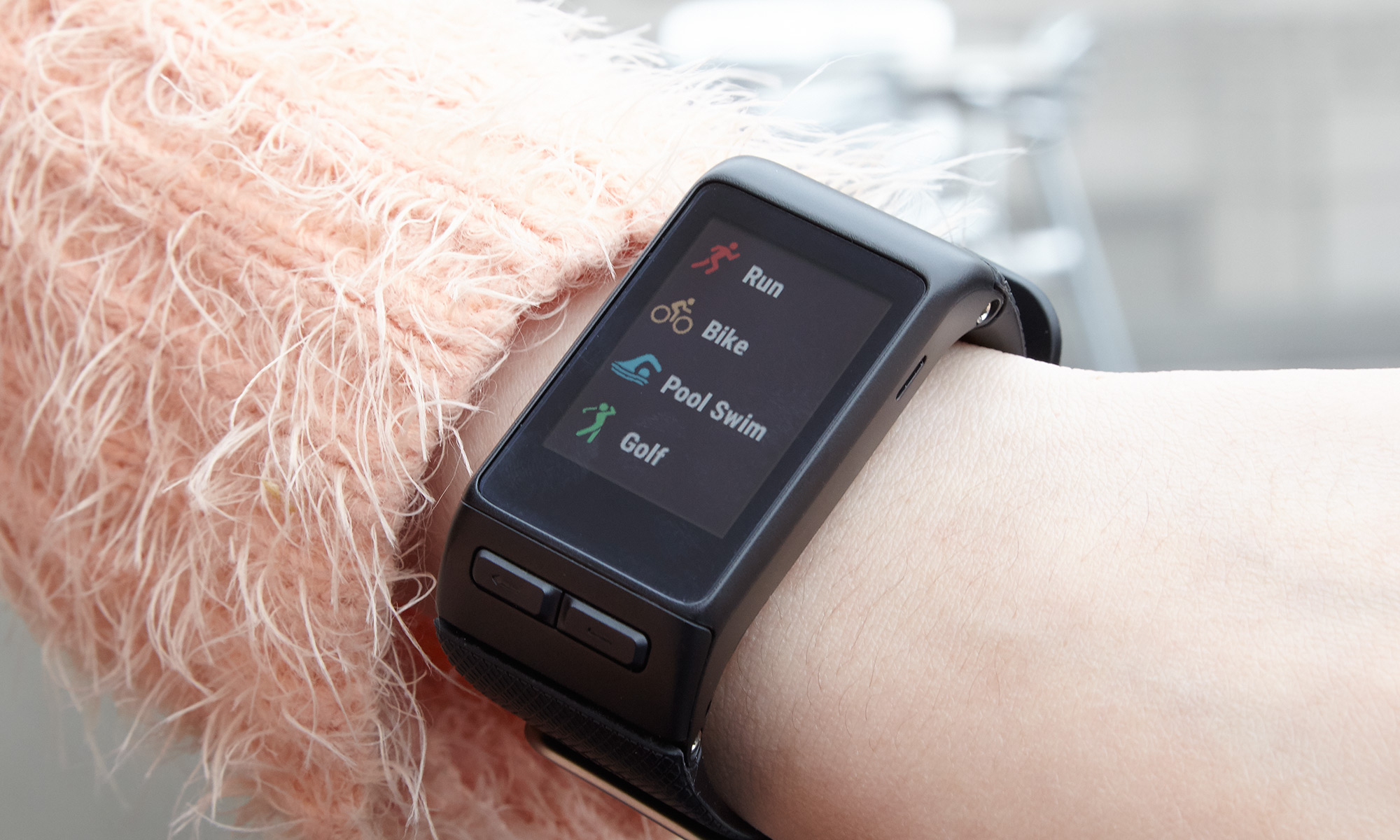
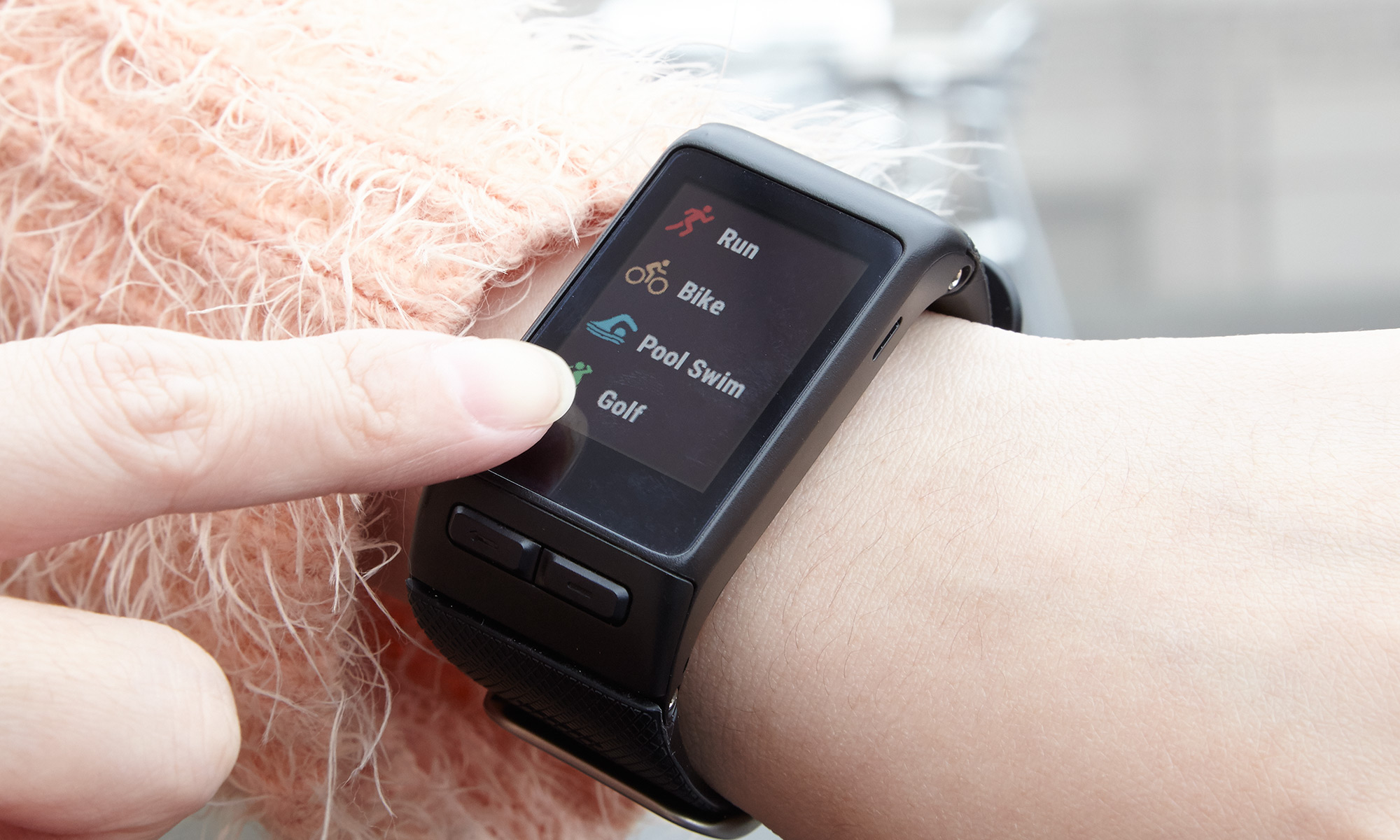
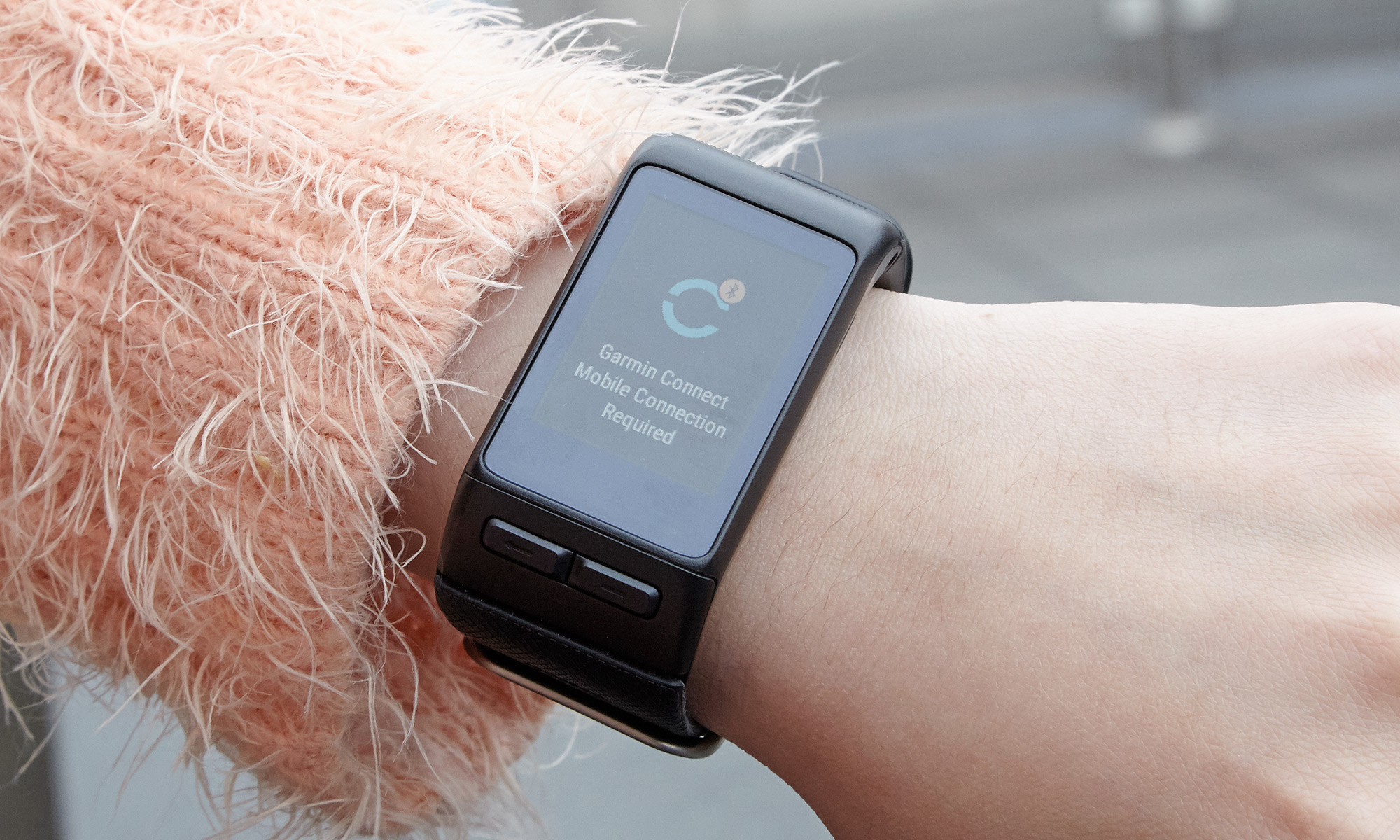
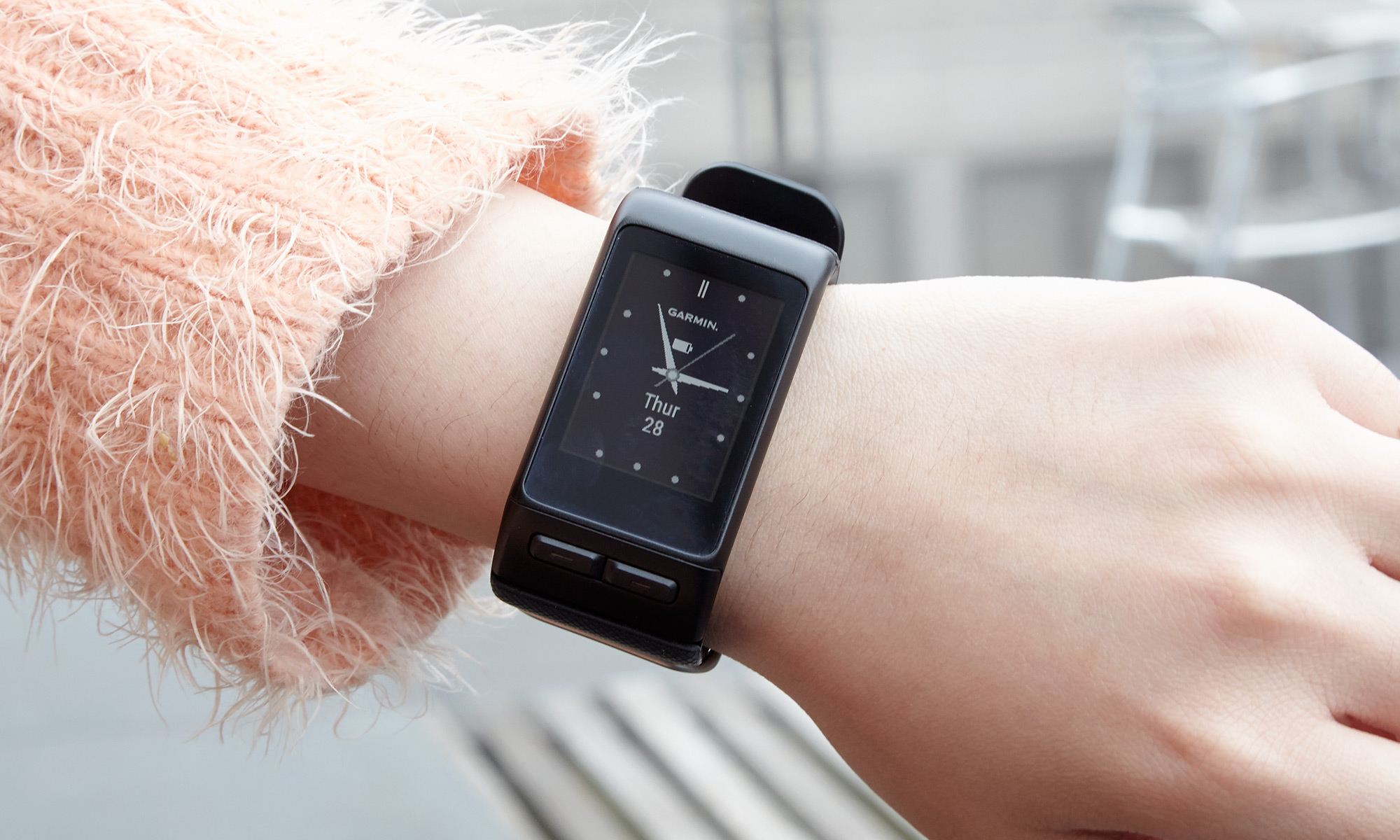
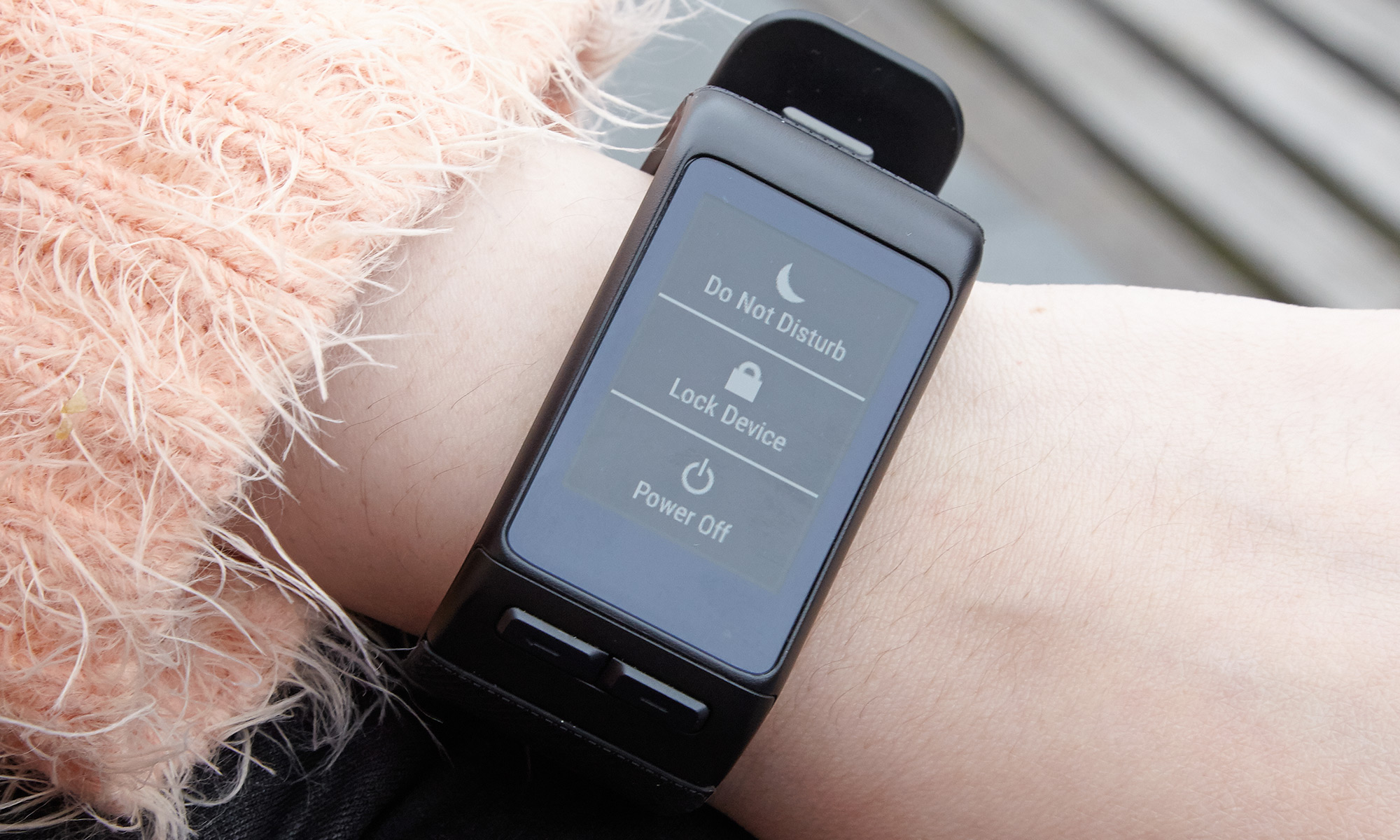
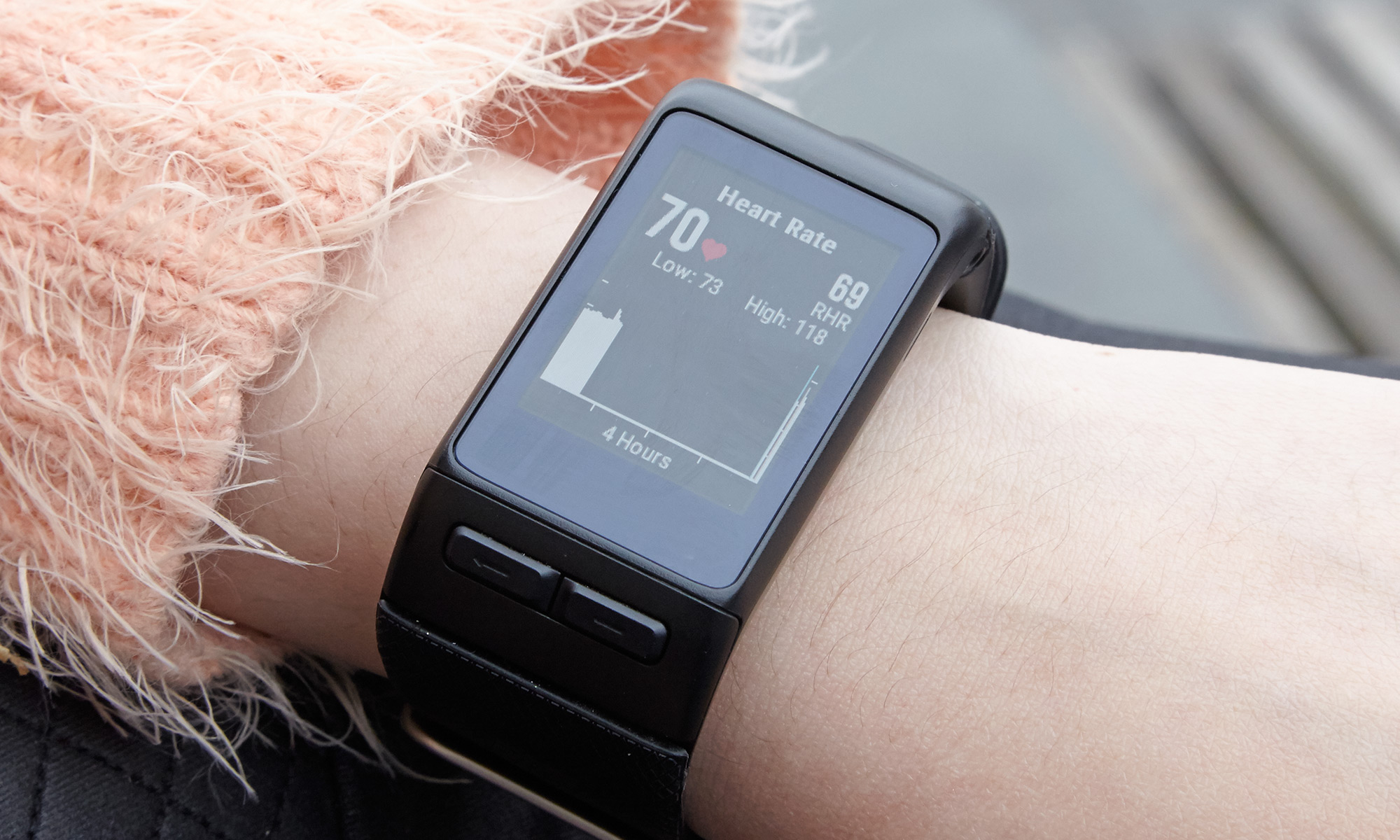
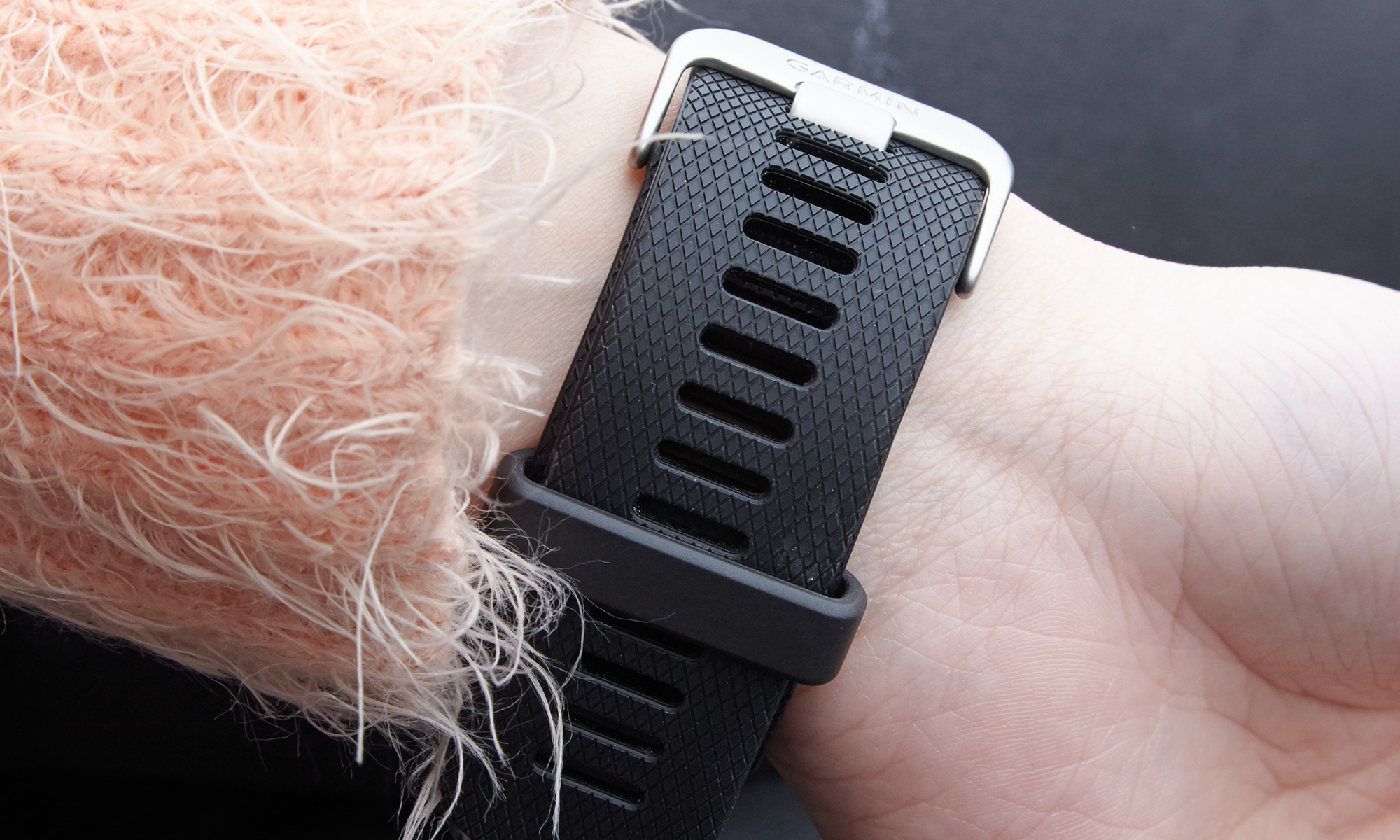
Thankfully, the vivoactive HR has a traditional watch-style band and clasp. It's also water-resistant to 165 feet, so you can take it swimming.
MORE: Best Fitness Trackers
Display
One of the best things Garmin did with the vivoactive HR is let you keep the screen on at all times. There's nothing that annoys me more with smartwatches, or wearables of any kind, than when I have to flick my wrist or press a button just to see what time it is.

You can change the watch face, too, by either selecting one of the five preloaded faces or downloading one from the Connect IQ store in the Garmin Connect app.
At 1.13 inches long by 0.80 inches high, and with a resolution of 205 x 148 pixels, the vivoactive HR's display is oriented so you don't have to twist your wrist just to read the time, a la the Microsoft Band. You would think this is trivial, but it's not.
Interface
Swiping down (or up) on the vivoactive HR's display lets you cycle through the various screens (called widgets), which include Daily Steps, Intensity Minutes, the Weather, Notifications, and Heart Rate.

Quickly pressing the button on the right opens the activity menu, where you can select the type of exercise you'd like to do. This menu also includes any apps you may have installed. If you press and hold this button, the vivoactive HR's Settings menu appears, from which you can change the watch face, widgets and apps.
The left button is used primarily as a Back button, but pressing and holding it brings up three options: Do Not Disturb, Lock, and Power Off.
Connect IQ
Think of it as a mini app store, just for some Garmin devices. Although it falls far short of the Pebble's 3,000-plus offerings, the Connect IQ store has more than 100 apps, which include everything from watch faces to stargazing apps to the whimsical Beer Tracker Plus, which tells you how many beers you can drink based on how much you've worked out.
The whimsical Beer Tracker Plus app tells you how many beers you can drink based on how much you've worked out.
The vivoactive HR is one of only 13 Garmin devices that can run Connect IQ apps. One app, called SkyWatch, was particularly fun: It has a number of planets, constellations and stars; after you select one, the app tells you which way to turn to see it in the sky. It worked pretty well and was a neat way to know what was in the night sky.
Performance
The vivoactive HR tracks a wide range of activities. In addition to the usual measures (steps, stairs and sleep), it can be used for golfing (you can download course maps to the watch), biking, skiing, swimming and even paddleboarding.

Like other Garmin devices with heart-rate monitors, the vivoactive HR tracks so-called "intensity minutes," a measurement of when the watch detects that you're moving and you have an elevated heart rate.
When I went for a run, the vivoactive HR's GPS picked up a signal in about 20 seconds, which was only a few seconds slower than the Garmin Forerunner 235 GPS running watch I had strapped to my other wrist. I was so surprised at how quickly it acquired a signal — it was a rainy, overcast day — that I didn't have a chance to get through all of my pre-run stretches.
The GPS and heart-rate monitor in the vivoactive HR proved as accurate as they were fast.
The GPS and heart-rate monitor in the vivoactive HR proved as accurate as they were fast. Following a 4-mile run, I compared the data from the vivoactive HR to the Forerunner 235, and found that the measurements (distance, pace, average heart rate and maximum heart rate) were nearly identical.
As a pedometer, the vivoactive HR proved just as accurate, counting 500 steps as 503.
MORE: How to Choose the Right Fitness Tracker for Your Needs
Whenever I received a call, text or tweet, the vivoactive HR would buzz slightly and display the message on-screen. You have the option to answer or reject calls, but if the vivoactive HR is connected to an iPhone, all you can do for text messages is read them. (If you have an Android device, you can download an app that will let you respond to notifications with canned messages.)
Sleep Tracking
Sleep tracking could be improved on this device. The first night I wore the vivoactive HR to bed, it overestimated the amount of time I slept, most likely because I was watching TV for about 45 minutes before I actually dozed off. The second night, I took the watch off before my morning shower, and as a result, it thought I slept a lot later than I actually did. The third night, the watch didn't think I fell asleep until 2 a.m. when I had actually gone to bed about two hours earlier. Fortunately, you can edit the sleep time afterward.
Battery Life
Garmin says the vivoactive HR's battery will last up to eight days, or 13 hours when actively using GPS. You might even get more than that; after I charged the watch on a Tuesday afternoon, it still had 57 percent juice remaining the following Monday.
One of the best things about the vivoactive HR is that the screen is on at all times.
The vivosmart HR uses a proprietary USB charging cable; I like that it's not bulky and snaps securely to the watch.
Bottom Line
The $249 Garmin vivoactive HR is the best device for those who want a general-purpose fitness tracker that can not only follow them through a variety of activities, but also provide some smartwatch-like functions. I wish the design were a little less clunky, but I suspect fitness-minded customers won't mind. If your primary use for it will be running, I recommend the Garmin Forerunner 230 ($249), which doesn't track as many activities but has a larger screen and gives you more in-depth running stats. But if you're looking for a device that can do a bit of everything, the vivoactive HR is the one.

Michael A. Prospero is the U.S. Editor-in-Chief for Tom’s Guide. He oversees all evergreen content and oversees the Homes, Smart Home, and Fitness/Wearables categories for the site. In his spare time, he also tests out the latest drones, electric scooters, and smart home gadgets, such as video doorbells. Before his tenure at Tom's Guide, he was the Reviews Editor for Laptop Magazine, a reporter at Fast Company, the Times of Trenton, and, many eons back, an intern at George magazine. He received his undergraduate degree from Boston College, where he worked on the campus newspaper The Heights, and then attended the Columbia University school of Journalism. When he’s not testing out the latest running watch, electric scooter, or skiing or training for a marathon, he’s probably using the latest sous vide machine, smoker, or pizza oven, to the delight — or chagrin — of his family.
